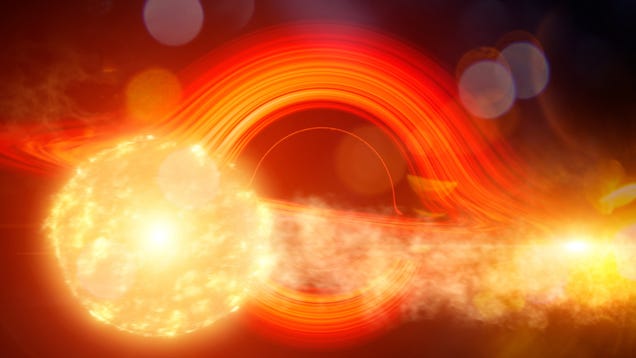
A team of astronomers has managed to calculate the speed of a distant supermassive black hole’s spin thanks to the object’s chance meeting with a star—which it promptly destroyed.

A team of astronomers has managed to calculate the speed of a distant supermassive black hole’s spin thanks to the object’s chance meeting with a star—which it promptly destroyed.
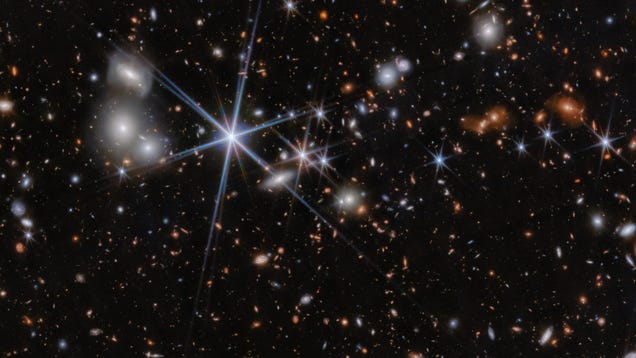
The cutting-edge Webb Space Telescope has spotted the most distant black hole merger yet, which occurred when the universe was just 740 million years old. It’s the first time astronomers have seen a merger so early in the universe’s history, making it a record breaker.
Light famously cannot escape the event horizon of a black hole, leaving astrophysicists to theorize and speculate what it’s like beyond the limits of human perception. Now, NASA researchers take that theorization a step further, in the form of an animation that takes you (the viewer) into the black hole.
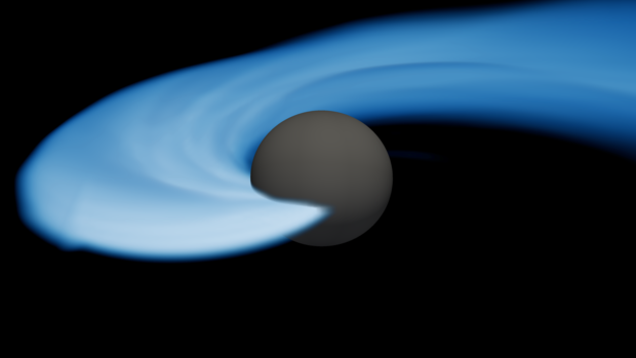
A leading gravitational wave observatory recently detected ripples in spacetime that scientists say came from the collision of a dead, superdense stellar remnant and an unknown object.
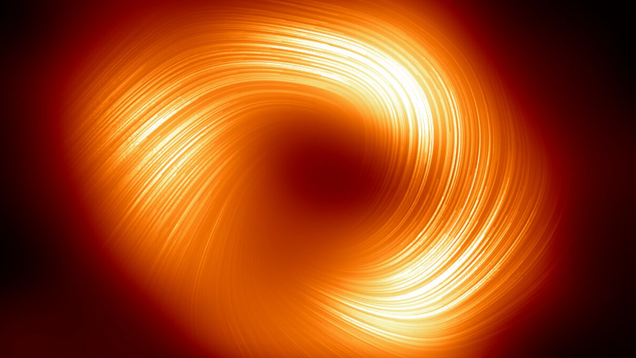
A new image of our galaxy’s central black hole reveals the magnetic field surrounding the object in polarized light. The image reveals how gas and superheated matter in the immediate vicinity of the black hole move around it. But aside from that, it’s a great way to visualize the extreme physics happening at the…
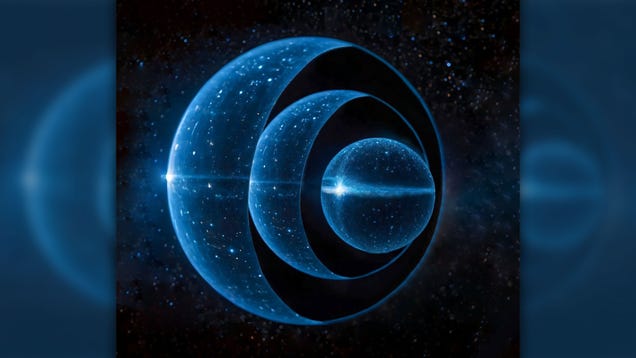
If you asked an astrophysicist what is yet to be discovered in the universe, there’s a good chance they’d paraphrase Donald Rumsfeld: It’s full of known unknowns.
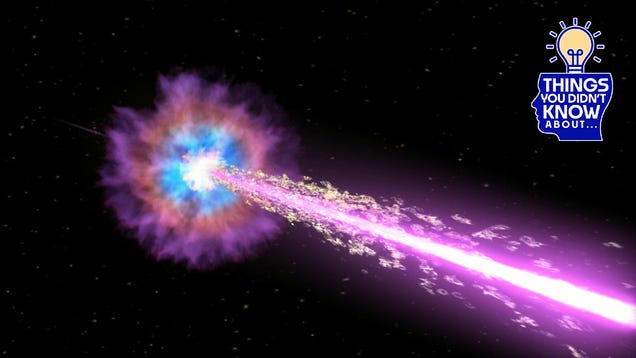
Black holes. Despite their names, the enigmatic objects are opposite of vacuous. They are some of the universe’s densest objects, with masses ranging from the size of stars to several hundred million stars. Their gravitational fields are so intense that not even light can escape them at a certain point, leaving us…
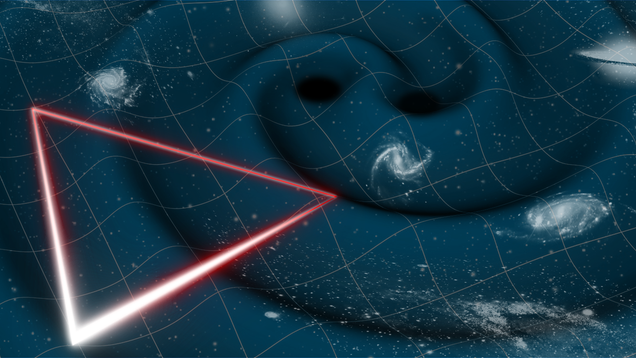
Stay calm, everybody stay calm. But it’s finally happening: The European Space Agency is committing itself to the Laser Interferometer Space Antenna (LISA), a gravitational wave observatory that will study some of the universe’s most enigmatic phenomena.

A team of scientists found a compact object 40,000 light-years from Earth that is either a very massive neutron star or an itsy-bitsy black hole, but they’re not sure which.